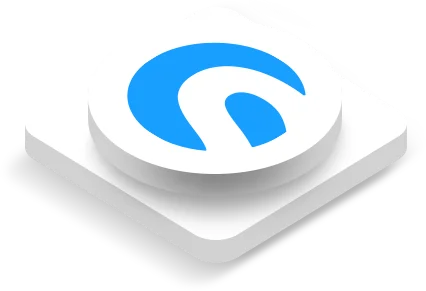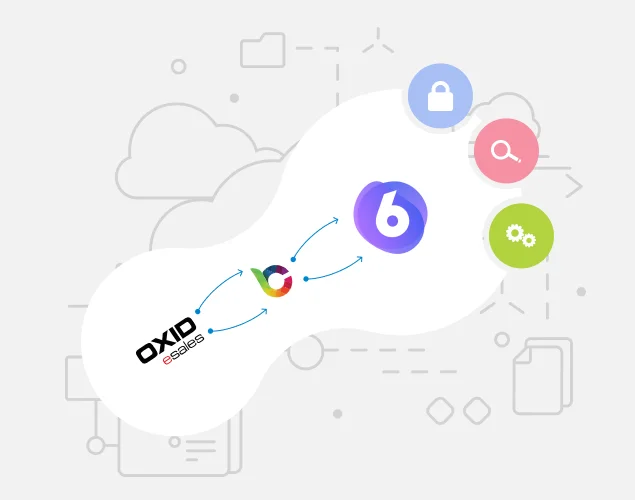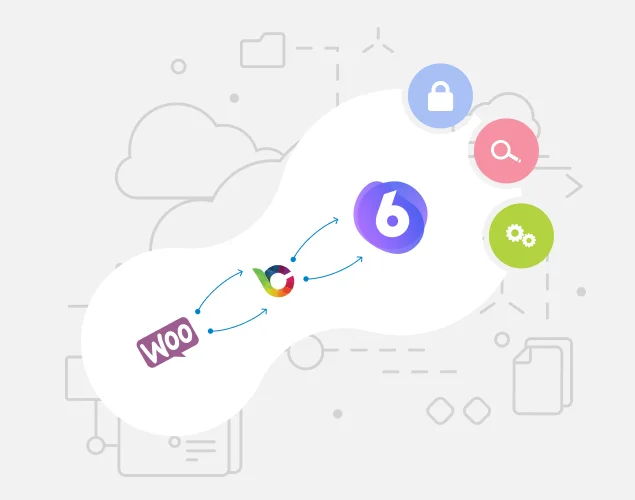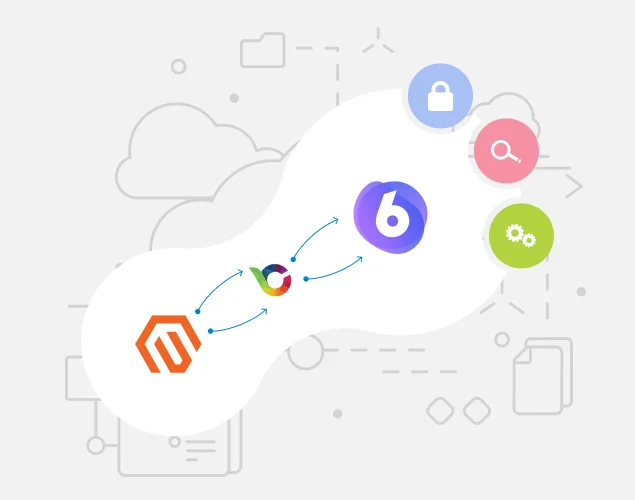Shopware Migration

Shopware 5 to Shopware 6 Migration
Are you currently running Shopware 5 store? It is the perfect time to migrate to Shopware 6, there are several factors to consider. Shopware 6 offers many new features and improvements over its predecessor, including a new administration interface, improved performance, and better mobile optimization. However, migrating to Shopware 6 can be a complex process that requires careful planning and execution. You may want to consider working with a specialized Shopware development and support agency. BrandCrock can help you navigate the migration process and ensure a successful outcome.
About Migration
Before facing any hurdles in dealing with your online store growth, it is really important to shift your shop to a platform that can handle your bulk data. One-for-all is the Shopware e-commerce system.
Shopware is an open source platform beating every online store in line. Shopware provides customized as well as built-in environments for tempting and creating a strong bond with customers. Unlimited advance technologies are supported by Shopware leading it to be a most versatile online store platform provider.
Shopware provides great SEO services with 50,000 installations and endless designs and plugins. Due to its countless magic, Shopware is living its heyday and welcoming new users as well as revive already existing shops to migrate to Shopware.

OXID to Shopware 6 Migration
Your online shop is on OXID and you want to migrate your online store from OXID to Shopware 6, Brandcrock can help make the process smoother and more successful. Brandcrock is experienced in both OXID and Shopware 6, so we can help you migrate your critical data from OXID to Shopware 6, customize your Shopware store to meet your needs, and optimize your digital sales channels for better performance and SEO. By working with Brandcrock, you can ensure a successful migration and enjoy the benefits of Shopware 6’s powerful e-commerce platform
WooCommerce to Shopware 6 Migration
Migrating an online store from WooCommerce to Shopware 6. It can be a wise decision for several reasons. Shopware 6 can provide significant benefits for e-commerce businesses. Shopware is specifically developed for e-commerce, providing advanced features and capabilities that are not available in WooCommerce, which was originally developed as a blog system. Shopware offers great possibilities for SEO and scalability, making it an excellent choice for businesses looking to grow and expand their online presence. Working with BrandCrock that specializes in Shopware development and migration can help ensure a smooth and successful migration process.


Magento to Shopware 6 Migration
Switching platforms doesn’t have to be a hassle. Our Magento to Shopware 6 migration service ensures a seamless transition that preserves your data, optimizes performance, and enhances your store’s functionality. With careful planning and execution, we help you unlock Shopware 6’s full potential while keeping your business running smoothly.
Prestashop to Shopware 6 Migration
The task is to migrate an online Prestashop store to Shopware 6. Shopware 6 is a cloud-based solution that is highly flexible, scalable, and API-first. It provides a range of features that allow for easy migration, including robust APIs and an intuitive user interface. Additionally, Shopware 6 is known for its scalability, making it an excellent choice for businesses looking to expand their online presence. Overall, migrating to Shopware 6 from Prestashop can provide businesses with a powerful and flexible e-commerce platform that can help them achieve their goals.




